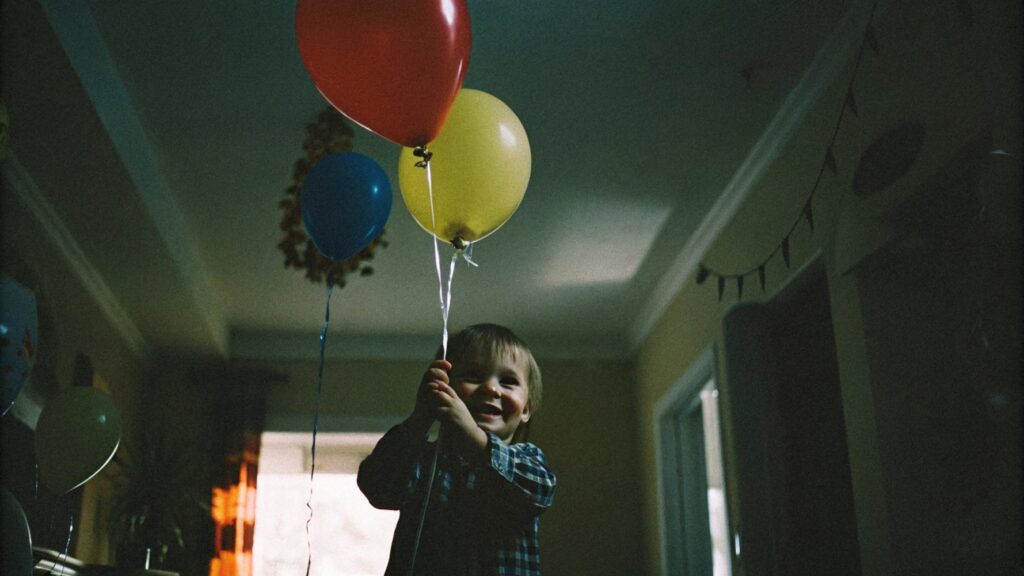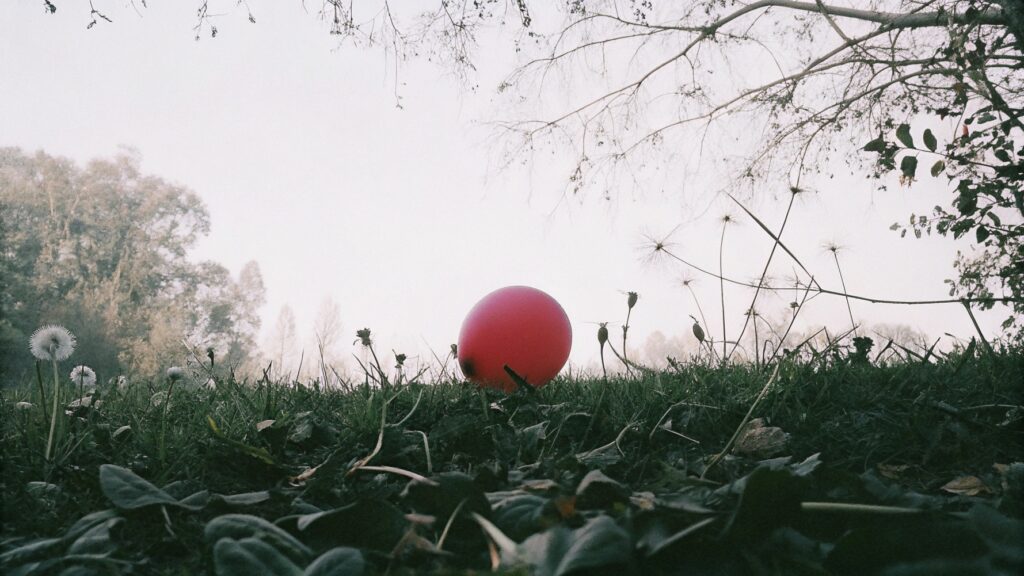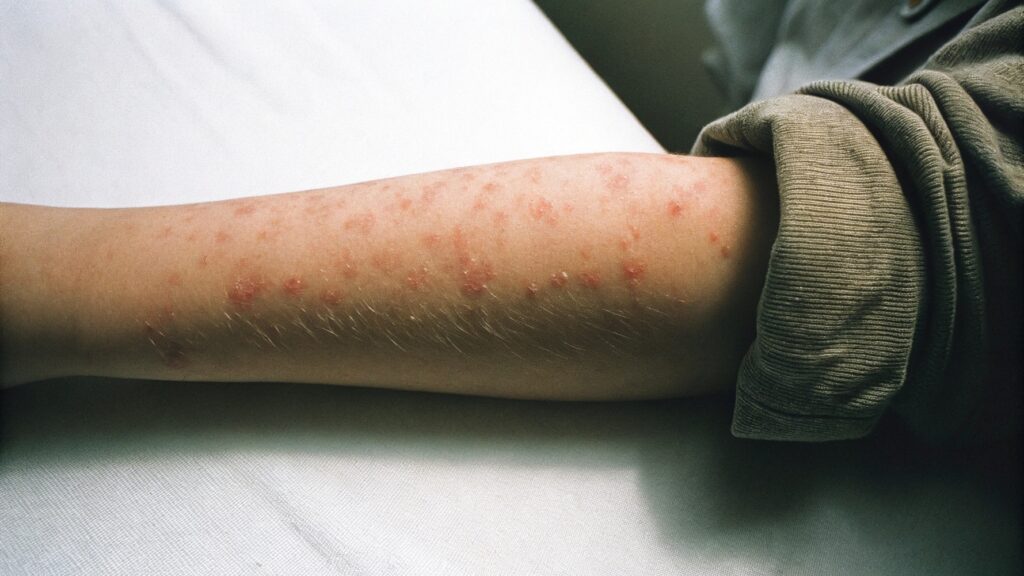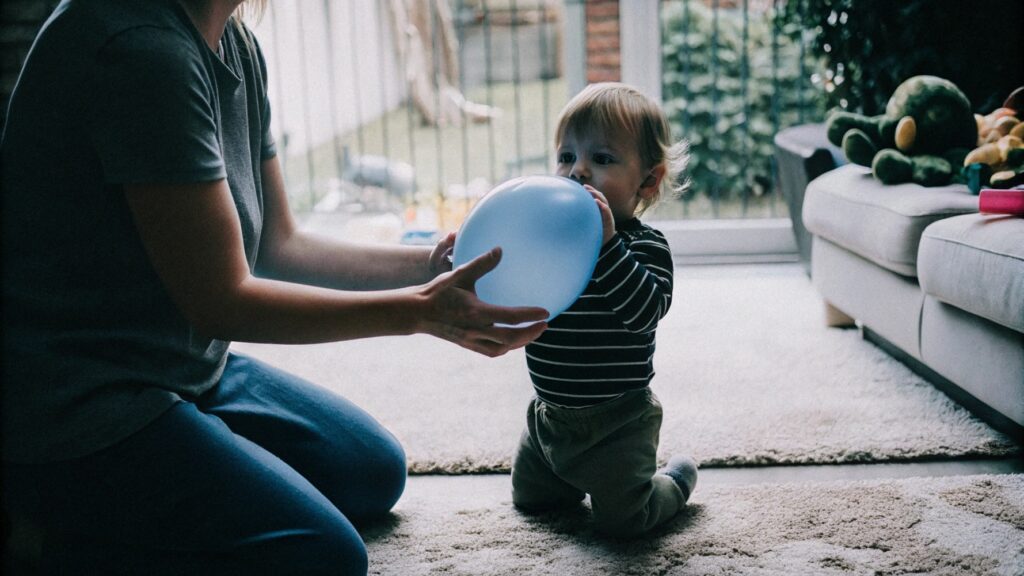Are latex balloons safe for children?
Latex balloons bring joy and color to any celebration. But are they truly safe for our little ones? This question might be on many parents' minds.
Latex balloons can be safe for children when used with proper precautions and adult supervision1. It is crucial to choose high-quality balloons2 and be aware of potential risks. Children under 8 years old especially need careful monitoring.

When I think about balloons, I think about the smiles they bring. My own company, AIHUA BALLOON, has been making these joyous products for over 37 years. We understand that safety is a big part of that joy.
Are latex balloons biodegradable and eco-friendly?
Are you worried about the environmental impact3 of latex balloons? Many people wonder if these colorful items just add to landfill waste.
Natural latex balloons are generally biodegradable4. They are made from the sap of rubber trees. This means they will break down over time, unlike plastic balloons. However, the speed of decomposition5 can vary.

We at AIHUA BALLOON are committed to sustainability. Our passion for balloon manufacturing includes making products that are as kind to the environment as possible. From my perspective, understanding biodegradability is key.
Understanding Latex Balloon Biodegradation
It is important to know what makes latex balloons eco-friendly. It is also good to know what limits their biodegradability.
| Factor | Explanation | Impact on Biodegradation |
|---|---|---|
| Material Source | Natural latex comes from rubber trees (Hevea brasiliensis). This is a renewable resource. | This makes the core material naturally decomposable. |
| Decomposition | Natural latex can break down through processes like UV light exposure and microbial activity. | It degrades much faster than synthetic polymers6. |
| Additives | Pigments and other additives are sometimes used in balloon production. | These can slow down the breakdown process. However, quality manufacturers use safe additives. |
| Environmental Conditions | Temperature, moisture, and presence of microorganisms affect how fast decomposition happens. | Decomposition is faster in environments with good biological activity. |
At AIHUA BALLOON, we always strive to use high-quality, natural latex7. We want to ensure our balloons are safe and also have minimal environmental impact. Our goal is to make moments colorful in a responsible way.
What are the potential allergy risks of latex balloons for children?
Do you ever worry about allergic reactions8 when children play with balloons? It is a valid concern for many parents and caregivers.
Some children can have an allergic reaction to latex. This is called a latex allergy9. Symptoms can range from mild skin irritation to more severe breathing problems. It is important to know the signs.

My experience in this industry has taught me that awareness is power. When it comes to allergies, especially for children, being prepared is the best approach. It is about keeping everyone safe and happy.
Identifying and Managing Latex Allergy Risks
Understanding latex allergy is important. This helps us ensure that our products are used safely. We aim for excellence in production, and that includes considering all safety aspects.
| Aspect of Risk | Explanation | Precautionary Measure |
|---|---|---|
| Symptoms | Include skin redness, rash, hives, itching. More severe cases might involve sneezing, watery eyes, wheezing, or difficulty breathing. | Watch for any signs of discomfort or reaction in children after touching balloons. |
| High-Risk Groups | Children with other allergies (e.g., to certain foods like kiwi, banana, avocado) may have a higher risk of latex allergy9. | Ask parents about known allergies before presenting balloons. |
| Powder Residue | Some balloons have a fine powder inside or on the surface to prevent sticking. This powder can spread latex proteins into the air. | Choose high-quality balloons2 that minimize or eliminate powder. Avoid direct mouth contact. |
| Cross-Contamination | Latex proteins can transfer from balloons to hands or other surfaces. | Wash hands after handling balloons, especially before eating. |
At AIHUA BALLOON, our quality control ensures that our products are manufactured to the highest standards. We advise against direct mouth contact with balloons, especially for children. This is a simple step to increase safety. We also recommend supervision for all children playing with balloons, no matter their age.
Are there non-latex balloon alternatives10 safe for kids?
Are you looking for balloon options that do not contain latex? It is a common question, especially when there are latex allergy concerns.
Yes, there are non-latex balloon alternatives that are safe for children. These are commonly made from foil or PVC materials. They are a good choice for children with latex allergies or sensitivities.

As a company dedicated to meeting global safety standards11, we understand the need for variety in our product line. We want to make sure every child can experience the joy of balloons. We know that offering alternatives is part of that commitment.
Exploring Non-Latex Balloon Options
It is good to know the different types of balloons available. This helps you make the best choice for your children's safety and enjoyment.
| Alternative Material | Characteristics | Best Use Cases | Considerations |
|---|---|---|---|
| Foil Balloons | Made from Mylar, a type of nylon coated with metallic film. They hold helium well and come in many shapes. | Ideal for long-lasting decorations, character balloons12, and special events. Perfect for children with latex allergies. | Not biodegradable. Can conduct electricity if they touch power lines. |
| PVC Balloons | Made from polyvinyl chloride. They are very durable and can be used for repeated play. | Bouncing balls, inflatable toys, and items meant for rougher play. | Not biodegradable. Can have a specific plastic smell when new. |
| Plastic Bubble Balloons | Clear, stretchy plastic similar to beach ball material. They look like bubbles and are often filled with air. | Decorative displays that need to last a long time. They offer a unique aesthetic. | Can be more expensive than traditional latex balloons. Not easily biodegradable. |
At AIHUA BALLOON, while our primary focus is high-quality latex, we support safe choices for everyone. We believe in providing options that cater to different needs and preferences. Our goal is to make sure every moment is colorful and safe.
What safety precautions13 should be taken when children play with latex balloons?
Do you know the best ways to keep children safe when they play with balloons? It is essential to take precautions to prevent accidents.
Parents should always supervise children under 8 years old when they play with latex balloons. Never allow children under 3 years old to play with latex balloons. This is because deflated or broken balloons are a choking hazard.

This is an area where my professional experience truly aligns with my personal commitment to safety. At AIHUA BALLOON, we emphasize user safety in all our product guidelines. This is especially true for our youngest customers. We make sure our products, like the balloons for different occasions, come with clear safety instructions.
Essential Safety Measures for Balloon Play
Taking a few simple steps can make a big difference. It helps ensure that balloon play is fun and safe.
| Safety Measure | Explanation | Why it is Important |
|---|---|---|
| Adult Supervision | Always have an adult closely watch children under 8 years old. This is especially true when they are playing with balloons. | Young children can easily put small pieces into their mouths. They may try to mouth deflated balloons. |
| Age Restriction | Keep latex balloons away from children under 3 years old. This applies to both inflated and uninflated balloons. | Balloons, especially broken pieces, pose a severe choking risk for this age group. |
| Proper Disposal | Immediately collect and throw away any broken balloon pieces. Ensure they are out of a child's reach. | A small piece of latex can completely block an airway if swallowed. |
| Inflation Method | Do not allow children to inflate balloons by mouth. Use a pump instead. | Direct mouth inflation can lead to inhaling the balloon or its powder. It can also cause choking. |
| Balloon Quality | Choose high-quality balloons that do not have a strong chemical smell or excessive powder. | Poor quality balloons can have irritants or break more easily into hazardous pieces. |
| Storage | Store uninflated balloons and balloon pieces safely out of reach of children. | Young children might mistake small, uninflated balloons for candy or toys and try to swallow them. |
From AIHUA BALLOON's perspective, our commitment to quality is also a commitment to safety. We invest in certifications like ISO9001. This ensures our products are not just beautiful, but also reliable and safe. This means a lot to those of us who have children.
Conclusion
Latex balloons can be safe and fun for children when proper precautions are followed. Always supervise young children. Choose high-quality products. Ensure immediate disposal of broken pieces.
-
Learn why adult supervision is crucial for ensuring children's safety during balloon play. ↩
-
Discover the advantages of choosing high-quality balloons for safety and enjoyment. ↩ ↩
-
Explore the environmental considerations of using latex balloons versus other materials. ↩
-
Find out how biodegradable latex balloons impact the environment compared to plastic alternatives. ↩
-
Discover the process of how latex balloons decompose and their environmental impact. ↩
-
Explore the differences between synthetic polymers and natural latex in balloon production. ↩
-
Learn about natural latex, its sourcing, and why it is a preferred material for balloons. ↩
-
Learn about the common allergic reactions to latex and how to manage them effectively. ↩
-
Understand the signs of latex allergy to keep children safe while enjoying balloons. ↩ ↩
-
Explore various non-latex balloon options that are safe for children with allergies. ↩
-
Discover the safety standards that balloon manufacturers should adhere to for child safety. ↩
-
Find out about character balloons and their popularity for children's parties and events. ↩
-
Learn essential safety measures to ensure children can play safely with balloons. ↩
